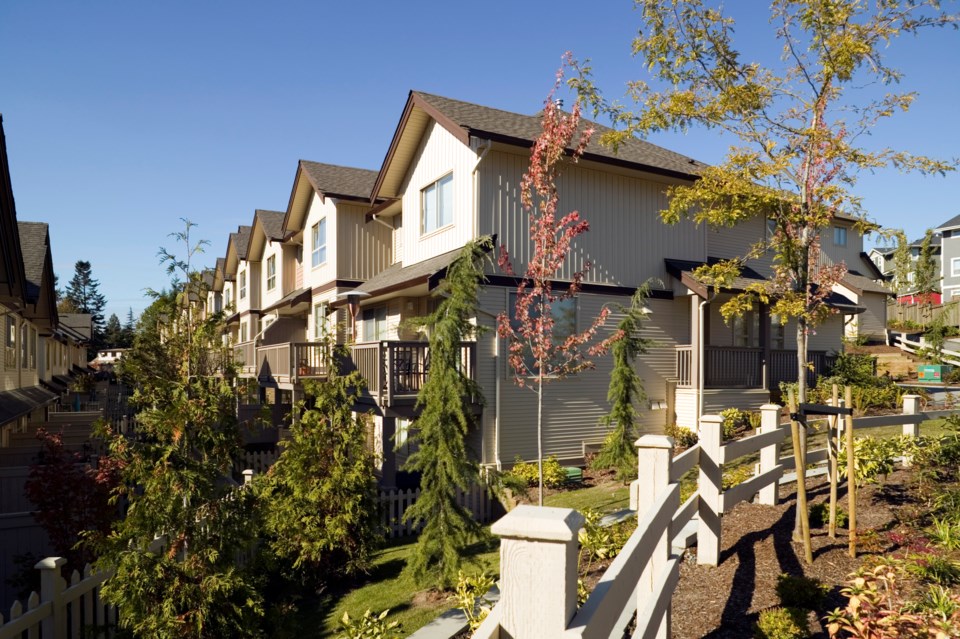B.C.’s municipalities need two distinct residential tax rates to better and more equitably provide services, Union of BC Municipalities delegates voted Sept. 20.
A resolution put forward by Langley City said the province only allows one assessment class for all types of residential properties even though the assessed value of attached and detached residential properties change values at different rates.
Other jurisdictions, such as Ontario, allow different tax rates for attached and detached residential properties, the resolution said.
It explained that in Langley City, a 4.94 per cent property tax increase in 2018 resulted in a 0.4 per cent decrease for detached residential properties and a 14.31 per cent increase for attached residential property; in 2022, a 4.35 per cent property tax increase resulted in a 12.49 per cent increase for detached residential properties and 3.37 per cent decrease for attached residential properties.
City Mayor Nathan Pachal said taxes are a municipality’s only fundraising tool.
However, Colwood Coun. Cynthia Day cautioned such a change could result in some ratepayers footing bills for services they do not use.
“I’m opposed to treating residents differently,” she said, noting other rates can be used to supplement tax revenues.
And, said Port Moody Coun. Samantha Agtarap, while such a change might not be used, it does add room for flexibility for councils.
What the UBCM is asking for is the province to amend the B.C. Assessment Act and the Community Charter. That'll allow the residential class to be split into two distinct residential classes so that a different rate may be applied to each type. This would account for the difference in the rate at which attached and detached residential properties change their value and would allow local government to more accurately charge for the cost of providing services to attached and detached residential properties.


